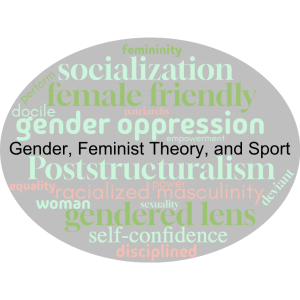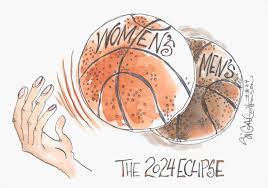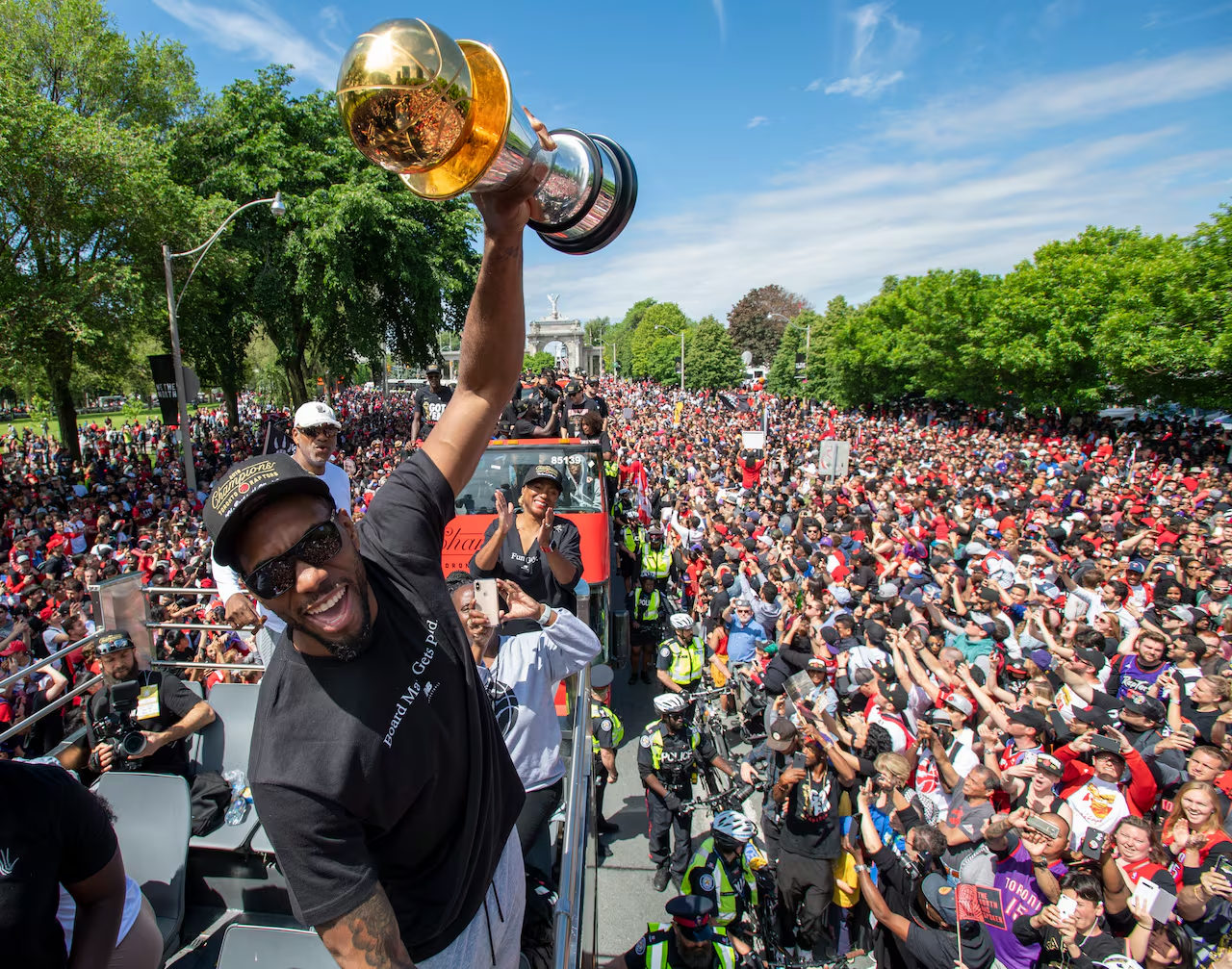1
Section One: The Fundamentals
A) What do we know about sport? What are common assumptions we make about sport and society?
| Although in several cases this is true, that many team sports can promote teamwork and unity often providing a bonding experience with a team, it can also lead to division and conflict. Toxic team environments can be a real possibility and seen through bullying and cliques leading to people feeling excluded. It is a sad concept because a person may love the sport they play but the toxic environments lead them to quit as they no longer enjoy it due to the toxicity surrounding their lives. In some instances, we can even see certain “star” players also favourited over other players leading to selfish mindsets where people put their performance over the team’s overall performance. |
Exercise 3: Notebook prompt
What are some other metanarratives about sport that you are familiar with? Find an image or video clip or draw something yourself that captures this idea…
So what? Why does any of this matter? Does it matter? As something we grow up with – live with – play through – we don’t often interrogate the meanings of sport, and perhaps we don’t want to.
But being aware of these assumptions and metanarratives is especially important, I would argue, because of the centrality of sport to our everyday lives, the role that sport plays in shaping our childhood and worldviews and….. [finish that thought]
| A metanarrative in sports is how it brings communities together, locally, nationally or globally.
An example of sports bringing the community together is when a team wins a championship, specifically the Raptors winning the 2019 championship. This win not only brought people together on a local scale, but on a national scale as well as the Raptors is the only Canadian NBA team.
Celebrations of the win brought major crowds with people sporting both Raptors pride and Canadian pride. The win became an expression of joy and happiness for the city and the entire country. Wins like this are important for several reasons as they bring people hope, create happiness and bring a sense of belonging. It can offer a feeling of importance make them feel seen in a way, giving them a bit of purpose even if they’re not the ones on the court.
|
B) What is social justice?
Exercise 4: Padlet Prompt
Think back to the last section and try to look at some of the ideas we discussed differently. How might sport and social justice actually co-exist?
Record any images, video clips, or gifs you added to the padlet and identify a point of intersection between sport and social justice (can be an issue or a barrier or a debate or something you would like to explore in more depth in this course) . Screenshot or paste in your response below.
| Sports can work towards building inclusion and representation within a community. When we see programs that help ensure equal accessto sports promoting inclusion regardless of gender, race, age, ability or financial status it builds community. Sports are a great way to engage with one another and create bonds that everyone deserves to have access to. When we look at events like the Special Olympics, it’s evident how they create community engagement within the disabled community. Another example would be the 55+ games or senior games that promote community building and reduce isolation amongst seniors. It is also known that participation in community involvement can have several cognitive and social benefits for seniors.
|
C) Social Justice Reading
(note: this activity is optional!)
D) KINESIOLOGY AND SOCIAL JUSTICE
Exercise 5:
Exercise 6:
What are the implications of bodies-at-risk discourse and the refusal to understand the health gap from a social justice perspective, according to the authors of this article?
|
|
Section Two: Sport Feminism
Exercise 7: Notebook Prompt
What is feminism? What does it mean to you? Choose one of the images below and explain how it captures your understanding of feminism (or find one that does speak to you and paste this into your pressbook with an explanation of why it matters to you.
| (Picture of Frida Kahlo)
To me, feminism means gender equality and more importantly that women have equal rights and opportunities as men. It’s about choice. Women should have a choice of what they do with their lives outside of the patriarchal structure that men have set up. Also despite what many people may think, feminism is not about hating men or thinking women are better, it’s about equality, that women are equal to men. Frieda Kahlo was and is a great example of a woman who defied social conventions with no apology. There were and continue to be high standards surrounding what feminity and being women are – standards that were set up by men. Frieda was unapologetically herself and was honest with what it meant to be a woman despite the harsh backlash that came with unaltering her appearance.
|
Exercise 8: Notes Prompt (optional)
NB: Cornell notes is a great resource that teaches effective notetaking. Unfortunately, our system can’t save notes taken in the H5P app, so this is fully optional.
Exercise 9: Crossword Activity
Exercise 10: Padlet Prompt

|

|
|



